The Underwater Camera Market is currently characterized by a dynamic competitive landscape, driven by technological advancements and an increasing consumer interest in underwater photography and videography. Key players such as GoPro (US), Canon (JP), and Sony (JP) are at the forefront, each adopting distinct strategies to enhance their market positioning. GoPro (US) continues to innovate with its HERO series, focusing on user-friendly features and robust performance in extreme conditions. Canon (JP) emphasizes high-quality imaging and has recently expanded its product line to include more compact models tailored for casual users. Sony (JP) leverages its expertise in imaging technology, integrating advanced features such as AI-driven autofocus in its underwater cameras, thereby appealing to both professional and amateur photographers. Collectively, these strategies contribute to a competitive environment that is increasingly focused on innovation and consumer engagement.
In terms of business tactics, companies are increasingly localizing manufacturing to reduce costs and enhance supply chain efficiency. This trend is particularly evident in the Underwater Camera Market, which appears moderately fragmented, with several players vying for market share. The collective influence of these key players shapes the market structure, as they engage in strategic partnerships and collaborations to bolster their offerings and expand their reach.
In August 2025, GoPro (US) announced a partnership with a leading underwater exploration organization to develop specialized accessories for its cameras. This collaboration is poised to enhance GoPro's product ecosystem, allowing for greater customization and functionality in underwater environments. Such strategic moves not only strengthen GoPro's brand presence but also align with the growing trend of adventure tourism, where high-quality underwater imagery is increasingly sought after.
In September 2025, Canon (JP) launched a new line of underwater housing for its mirrorless cameras, designed to cater to professional divers and photographers. This strategic introduction signifies Canon's commitment to expanding its footprint in the professional segment of the market, potentially attracting a new customer base that values high-quality imaging in challenging conditions. The move reflects a broader trend towards specialization in product offerings, as companies seek to differentiate themselves in a competitive landscape.
In October 2025, Sony (JP) unveiled an innovative underwater camera equipped with enhanced low-light capabilities, targeting both recreational and professional users. This development underscores Sony's focus on technological advancement and its ability to respond to consumer demands for improved performance in diverse underwater conditions. The introduction of such features may position Sony favorably against competitors, as it aligns with the increasing consumer expectation for high-quality imaging in various environments.
As of October 2025, the Underwater Camera Market is witnessing trends that emphasize digitalization, sustainability, and the integration of artificial intelligence. Strategic alliances are becoming increasingly pivotal, as companies collaborate to enhance their technological capabilities and market reach. Looking ahead, competitive differentiation is likely to evolve, shifting from traditional price-based competition to a focus on innovation, advanced technology, and reliable supply chains. This transition may redefine how companies position themselves in the market, ultimately fostering a more sustainable and technologically advanced competitive landscape.


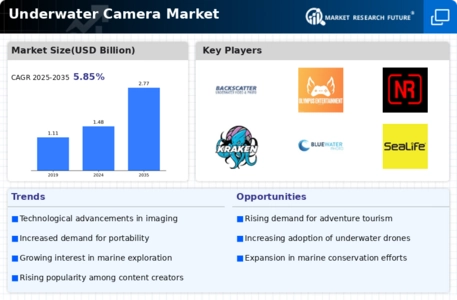
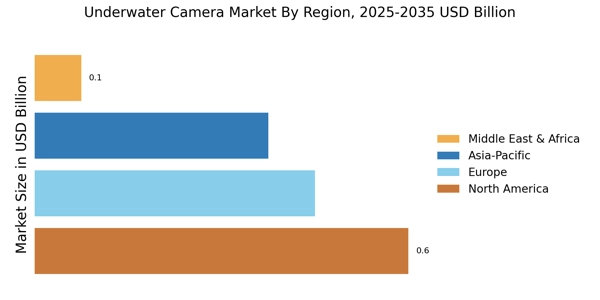
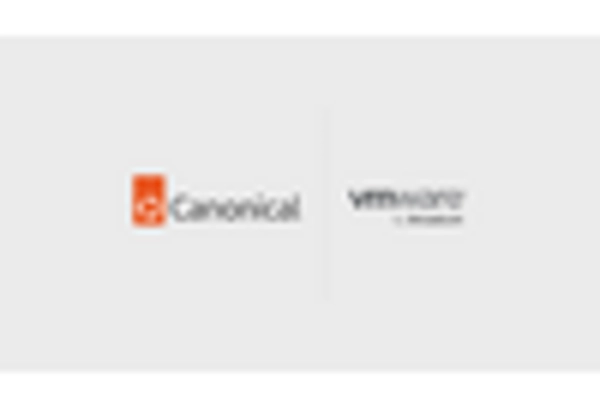
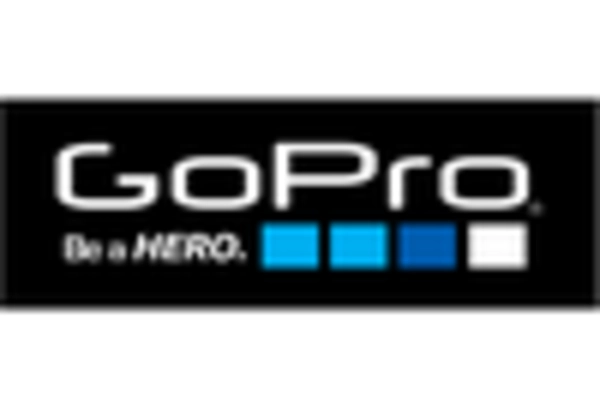
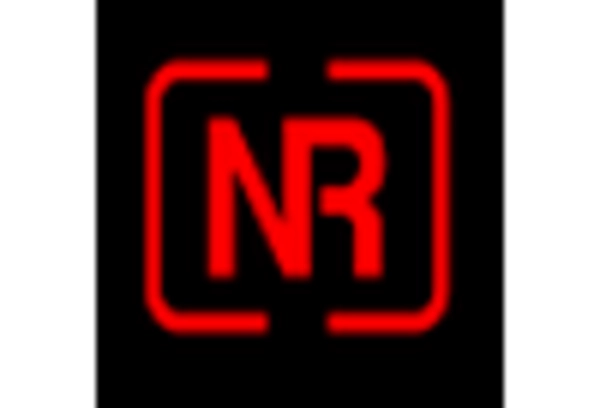

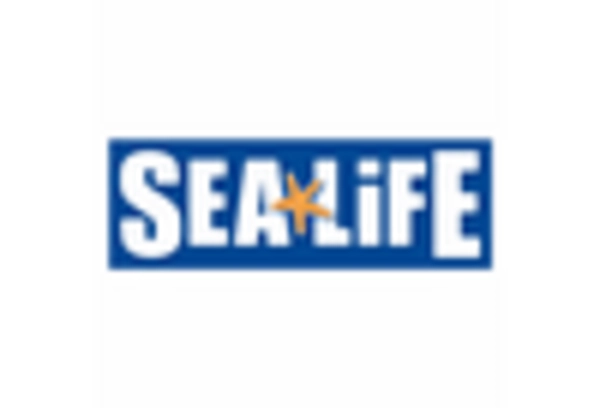









Leave a Comment